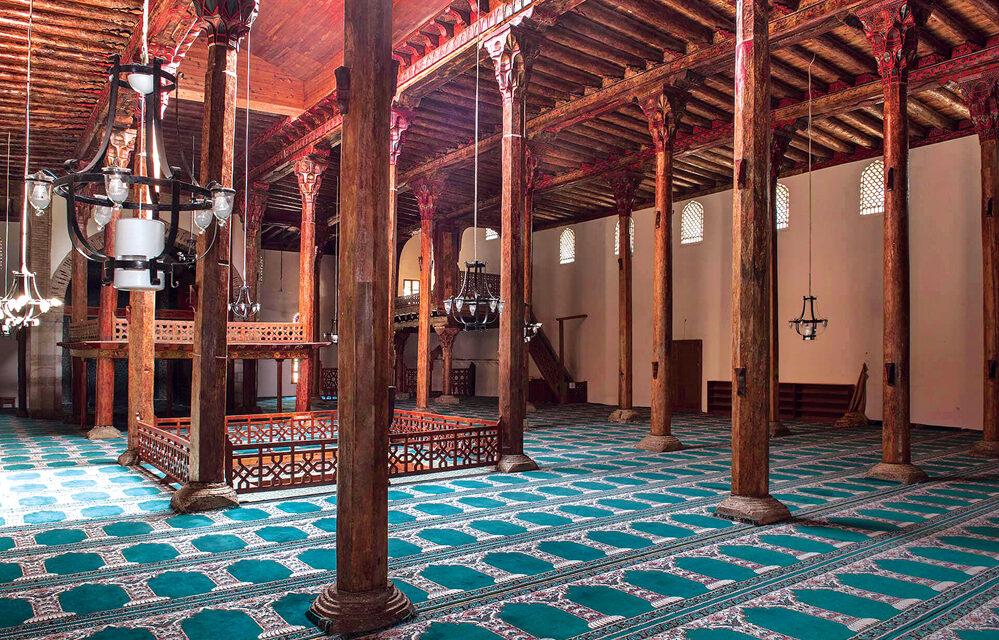Turkey
Wooden Hypostyle mosques in Anatolia added to UNESCO World Heritage Sites list
Wooden hypostyle mosques of Medieval Anatolia have recently been recognized as significant cultural landmarks and added to the prestigious UNESCO World Heritage List.
These historical mosques are considered the epitome of wooden hypostyle architecture in Anatolia, and hold the distinction of being Türkiye’s first serial cultural sites to receive this esteemed recognition.
This collection of remarkable mosques comprises five distinct structures, each constructed between the late 13th and mid-14th centuries, and located in different provinces of present day Türkiye. Themosques that have been included in the UNESCO list are:
Beyşehir Eşrefoğlu Mosque in Konya
Sivrihisar Ulu Mosque in Eskişehir
Kasabaköy Mahmut Bey Mosque in Kastamonu
Ahi Şerefeddin Mosque in Ankara
Afyonkarahisar Ulu Mosque
These mosques are characterized by their exterior masonry and striking wooden interior columns, known as “hypostyle” which support a flat wooden ceiling and roof. What sets them apart is the intricate wood carving and meticulous craftsmanship displayed throughout their structures. From the minbars crafted using the “kündekari”; technique to the exquisite engravings called “kalem iş” and the precise woodworking seen in the doors, column capitals, ceiling beams, and corbels, these mosques are a testament to the skill and artistry of their creators.
Not only do these well-preserved historical sites offer a glimpse into Anatolian life and culture during the Middle Ages, but they also showcase the unique architectural excellence of the Seljuk and Ottoman periods. Among the listed mosques, the Beyşehir Eşrefoğlu Mosque stands out as the largest wooden columned and beamed mosque in Anatolia, showcasing the grandeur of stone and wood craftsmanship. Similarly, the Sivrihisar Ulu Mosque is a rare example of a large wooden-columned mosque in the region.
The Kasabaköy Mahmut Bey Mosque is particularly noteworthy for being constructed without the use of a single nail, featuring an extraordinary interior and wooden structure. The Ahi Şerefeddin Mosque, or Arslanhane, impresses with its harmonious combination of spolia material and wood. Finally, the Afyonkarahisar Ulu Mosque represents a unique example of Seljuk architecture, blending wood and brick with exquisite glazed tiles.
These wooden mosques of Anatolia are not only exceptional for their religious significance but also for their architectural ingenuity. The absence of nails in their construction and the impeccable handcrafted decorations make them true marvels of craftsmanship. Exploring these extraordinary mosques along a thematic route offers a captivating journey through the rich history and cultural heritage of Anatolia.
With the addition of the five mosques, there are now 21 World Heritage Sites on the UNESCO list from Türkiye.





